Are you considering folding carton box packaging for your products? You’ve come to the right place. Folding cartons are a trendy and versatile choice across various industries. Commonly seen in food packaging, these boxes also work for pharmaceuticals, cosmetics, and electronics. In this comprehensive guide, we will delve into what makes a folding carton an excellent choice, from its definition to the materials, styles, and manufacturing processes involved. By the end, you’ll have all the information you need to decide if folding carton packaging suits your product.
What is a Folding Carton?
Folding cartons are lightweight and versatile paperboard packaging options. They are often used as secondary packaging, designed for easy assembly from a single flat sheet into a three-dimensional package. These boxes are cost-effective to transport since they ship flat before being assembled and offer a high level of customization.
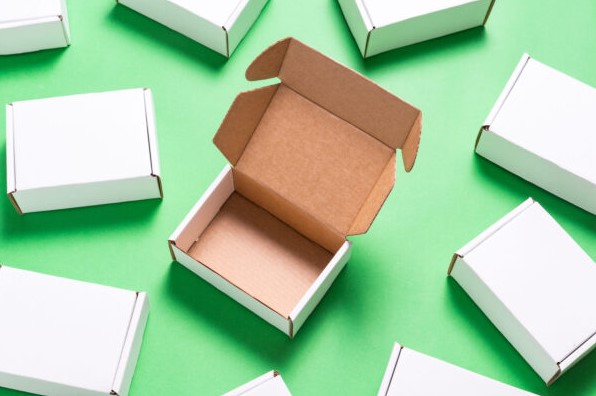
These recyclable boxes are crafted from wood pulp, a renewable resource, making them an eco-friendly choice for businesses committed to sustainability. But their appeal goes far beyond environmental benefits. Here’s why folding cartons deserve a spot on your packaging shortlist:
- Unmatched Versatility: Folding cartons can be customized to virtually any size, shape, and style. Whether you require a simple tuck-end box for your bakery treats or a two-piece hinged box for your premium jewelry, CrownPackages can create the perfect solution to meet your specific needs.
- Cost-Effective Choice: Folding cartons are generally affordable, especially for high-volume production runs. The efficient manufacturing process and minimal storage space requirements translate to cost savings that can be passed on to you.
- Sustainable Packaging: As mentioned earlier, folding cartons are crafted from recyclable materials, making them an environmentally responsible choice. Additionally, their lightweight design minimizes transportation costs and fuel consumption.
- Exceptional Printing Capabilities: Folding cartons offer a blank canvas for showcasing your brand identity. CrownPackages utilizes state-of-the-art printing technologies to deliver vibrant colors, high-resolution graphics, and stunning finishes, transforming your packaging into a powerful marketing tool.
Ideal Industries
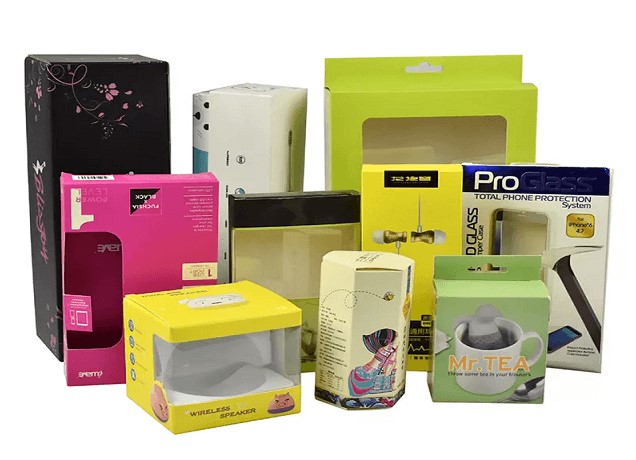
- Food and Medical: Higher-grade paperboard options meet industry standards, protecting sensitive products from dust and damage.
- Cosmetics: Lightweight and attractive designs.
Electronics: Protects from physical damage, dust, and moisture.
Folding Carton Box Packaging Manufacturing Processes
Once you’ve finalized your design choices, your packaging supplier will proceed with the following steps:

- Die-Lines and Sheet Layout: Creating flat versions of the box, showing locations for die-cutting, folding, and gluing.
- Sheeting and Printing: Cutting large rolls of paperboard into sheets before printing. The grain direction is optimized for efficiency. Imagery and artwork are inked onto the sheets via offset, digital, or flexographic printing.
- Post-Press Finishes: Optional customizations like hot-foil stamping, embossing, and debossing enhance the box’s appearance.
- Die-Cutting: Specialized cutters create many duplicates of your carton from the paperboard sheet, minimizing waste and allowing easy folding.
- Folding and Gluing: The final stage where flat, die-cut pieces are folded, pre-broken, and glued. Transparent windows are applied in-line during this stage if included in the design.
Folding Carton Box Packaging Materials & Types

Common Materials
The most common materials for manufacturing folding cartons are paperboard made from wood pulp, a renewable and environmentally friendly resource. Higher-grade, certified paperboard options meet food and medical standards. For increased eco-friendliness, kraft paperboard made from 100% post-consumer recycled material or reclaimed paper stock is also popular.
Popular Styles
- Tuck End Auto-Bottom Box: This box style has a bottom design that locks in place during assembly with a simple tuck flap, ideal for heavier products like wine and beer.
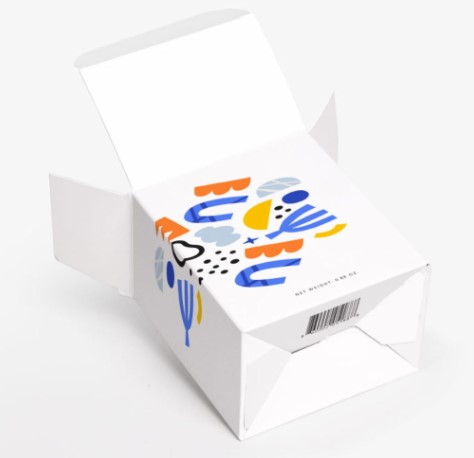
- Snap Bottom or Lock Bottom Box: Known as the 1-2-3 bottom box, it has flaps that lock in place, suitable for heavier objects like electronics.

- Straight Tuck End Boxes: Stored flat, with both top and bottom closures on the same side, ideal for light to medium-weight products like cosmetics.
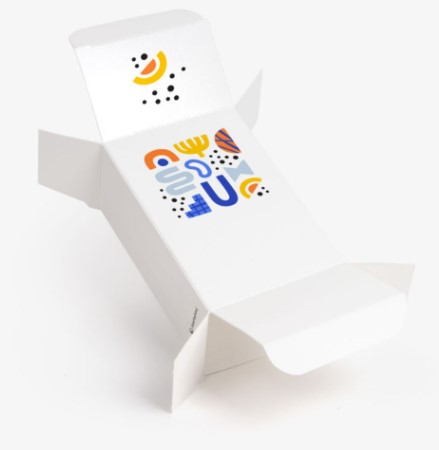
- Reverse Tuck End Boxes: Similar to straight tuck but with end closures on opposite sides, also for light to medium-weight products.
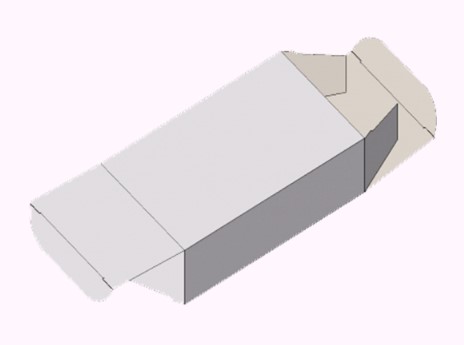
- Paper Sleeve Packaging: Designed to slip over another box, it’s the least expensive option for customization.
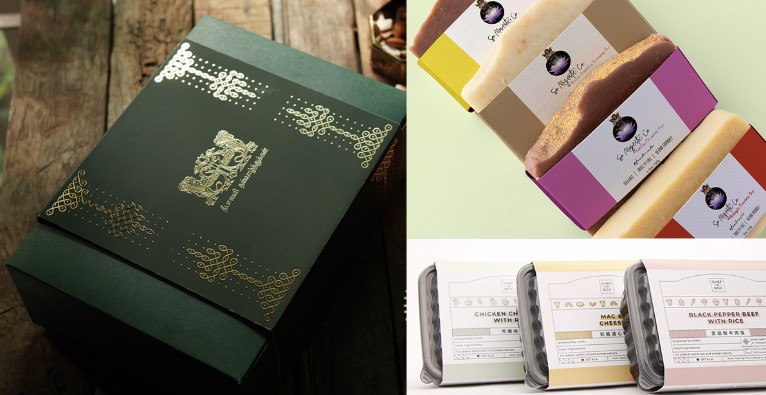
- Double Wall Tray and Lid Boxes: Also known as two-piece boxes, ideal for luxury products like jewelry or confectionery.
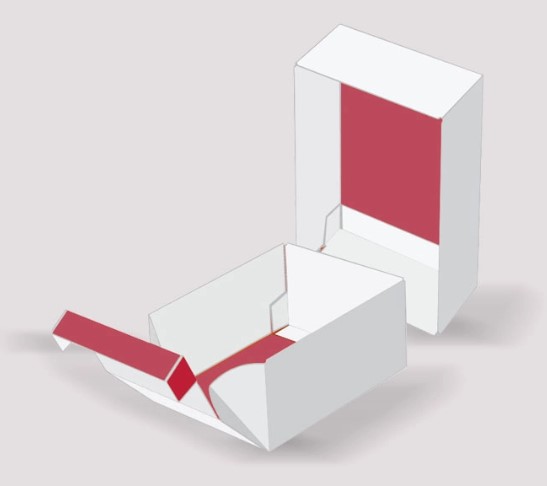
- Custom Folding Carton Boxes: Custom cutouts and inserts add unique flair, differentiating your packaging from competitors.
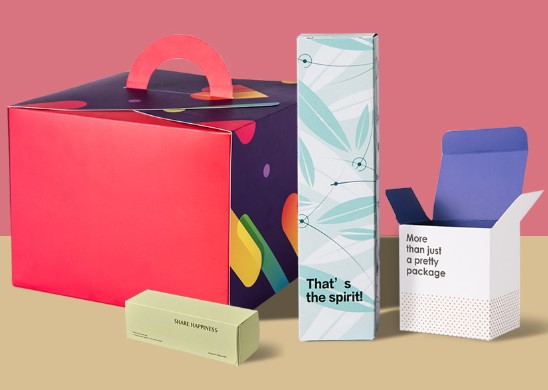
Folding Cartons vs. Rigid vs. Corrugated
Understanding the differences between folding cartons, rigid boxes, and corrugated boxes is crucial. Here’s a simple comparison:
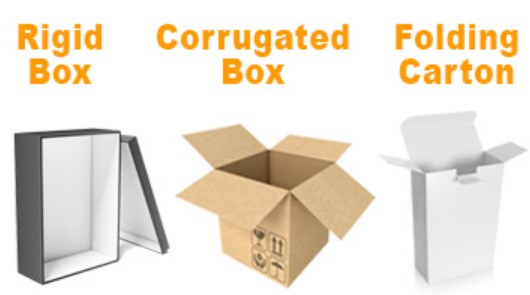
| Rigid Boxes | Folding Carton Boxes | Corrugated Boxes | |
| Set up | None if not foldable | Needed | Needed |
| Sturdiness | High | Low | High |
| Product Safety | High | High with inserts | High |
| Cost | Generally High | Depends on printing & finish | Depends on printing & finish |
| Appeal | Generally High | Depends on printing & finish | Depends on printing & finish |
| Reusable | Yes | Usually not | Yes |
Pros & Cons of Folding Cartons
Advantages
- Cheap to manufacture in large quantities.
- Made from 100% recyclable materials.
- Comes in various shapes and sizes with numerous printing and finishing options.
- Offers unique textures and visual effects through various printing methods and finishes.
Disadvantages
- Not as protective as rigid or corrugated boxes, though inserts can improve strength.
- Limited to 0.81 mm, making it unsuitable for very heavy products.
- Can be challenging to assemble and often improperly disposed of, increasing waste.
Conclusion
Ready to take the next step in your packaging project journey? CrownPackages is here to help. Contact our packaging specialists for more information and find the right custom packaging for your industry. Let CrownPackages be your partner in creating high-quality, versatile, and cost-effective folding carton packaging solutions.
